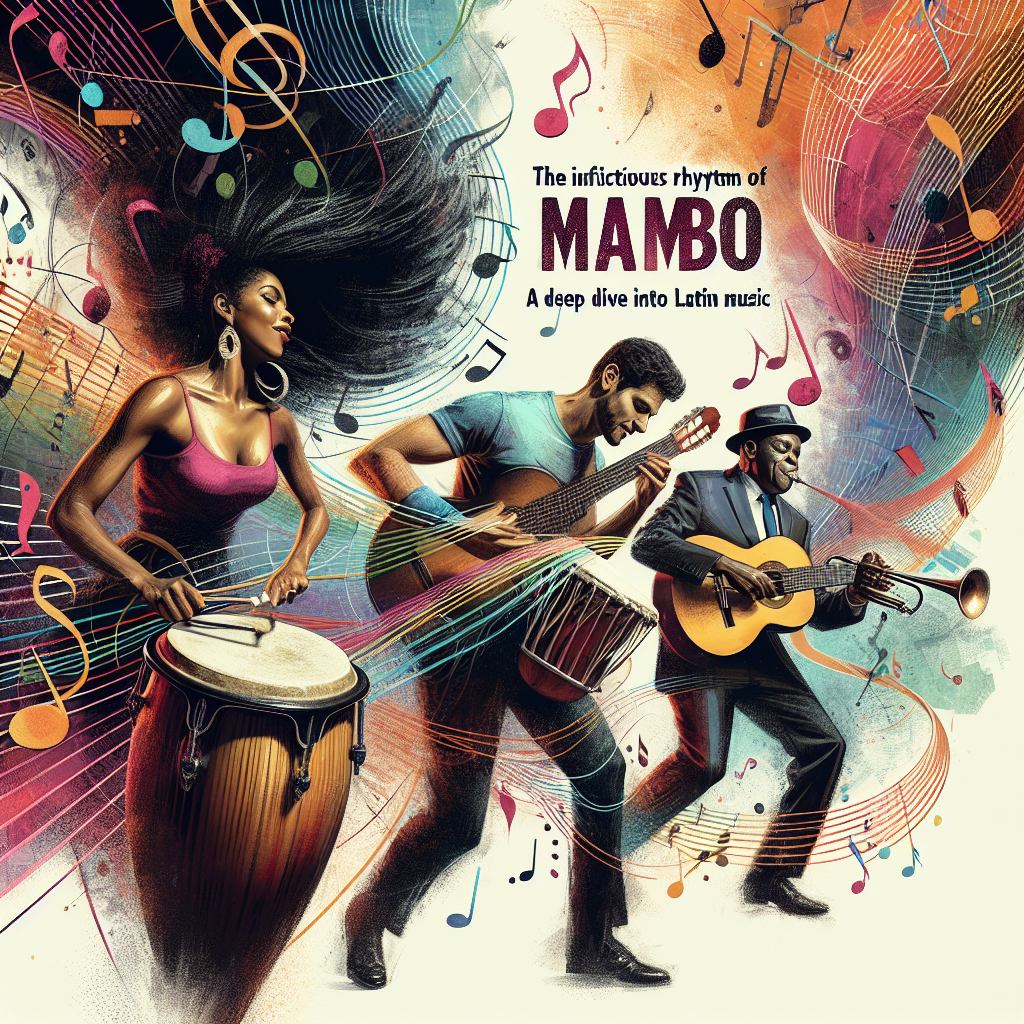The Intriguing History of Latin Rumba Music
Rumba, a word that sparks an instantaneous connection to rhythmic movements and intoxicating beats, carries a history that is as vibrant as the dance and music it represents. This captivating genre has its roots in the Afro-Cuban culture and has become an emblem of Latin music worldwide. Understanding the history of Latin Rumba music requires turning the pages of history back to the late 19th century.
Origins
The genesis of Rumba music lies in the Cuban capital city of Havana and Matanzas in the late 1800s, where it emerged from African drum rhythms and Spanish guitar melodies. It was the fusion of these two cultural influences that resulted in this sizzling and passionate dance form. African slaves brought their culture and rhythms to the Cuban soil, mixing and mingling it with Spanish melodies, giving birth to a unique form of music: rumba.
Evolution
Rumba music originally served as a structured form of communication among African slaves, reflecting the hardships they were facing. However, over time, the focus shifted from religious undertones to a more upbeat and lively form. It encapsulated everything that represented the Cuban spirit – love, sorrow, joy, and celebration. During the early 20th century, rumba began to spread to various parts of Europe and the United States, where it was adopted and adapted to develop different styles of music and dance.
Rumba’s Influence and Global Recognition
The international recognition of Rumba happened during the 1930s when many composers and musicians started incorporating Rumba rhythms into their pieces. The global exposure was further boosted by the rise of the recording industry. The impact of rumba music could be seen everywhere- in films, records, and dance halls. Despite its African and Cuban origins, rumba evolved into a universally adored genre.
Modern Rumba
The Latin Rumba music and its associated dance form seen today is much more polished and sophisticated compared to its earlier forms. It retains the essence of the African and Cuban influences but is delivered in a smoother and more stylised manner. Today, Rumba takes three forms – Yambú, Guaguancó, and Columbia, each unique and carrying its distinct character.
Conclusion
Latin Rumba music is an embodiment of cultural amalgamation, resilience and adaptability. It carries centuries of history, and within its rhythm, narrates the legacy of those who carved it into existence. As a testament to its historical importance, UNESCO declared the Cuban Rumba to be a part of the world’s intangible cultural heritage in 2017. This tells us that the journey, influence, and evolution of Rumba is not just confined to stirring up the dance floor, but it goes beyond to touch the realms of cultural identity and continuity.
FAQs
-
What is the origin of Latin Rumba music?
Latin Rumba music originated from the Afro-Cuban culture in the late 1800s in cities like Havana and Matanzas.
-
How did Rumba music evolve?
Rumba music initially served as a communication form among African slaves. Over time, it evolved to encompass more upbeat and lively tones, eventually evolving into a global music genre.
-
When did Rumba gain global recognition?
Rumba gained global recognition during the 1930s, when it was incorporated by various composers and musicians into their pieces.
-
What are the forms of modern Rumba?
Modern Rumba music takes three forms – Yambú, Guaguancó, and Columbia.
-
What is the significance of Rumba music today?
Rumba music is recognised as an integral part of the world’s intangible cultural heritage, representing cultural identity and continuity.




